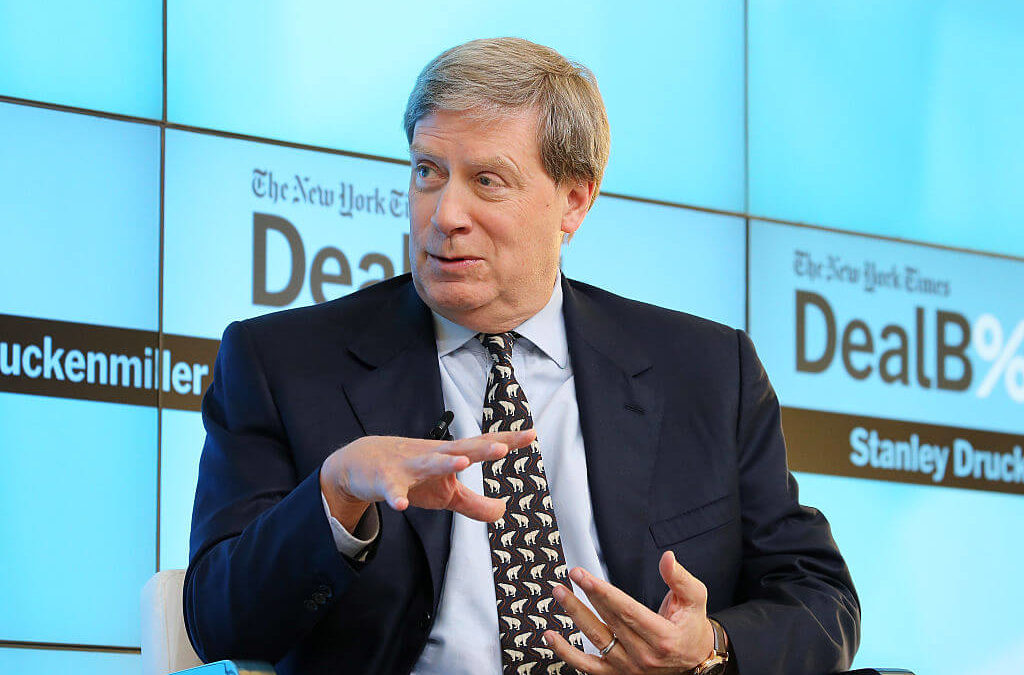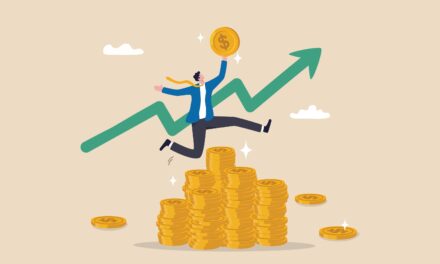Many major financial firms are calling for a recession as early as next year, but in a recent interview hedge fund billionaire Stanley Druckenmiller said he believes that some less-obvious warning signs have started to appear. Druckenmiller also thinks that deflation, or what he calls “the boogeyman,” is blinding the Federal Reserve from other recession signals.
As many investors wait in anticipation for an interest rate cut by the Fed, Druckenmiller has been an advocate for the Fed raising interest rates for the last three or four years, according to ValueWalk.com. He did oppose the Fed’s decision to raise rates in December, but during the recent onstage interview with the Economic Club of New York he argued that it was only because of bad timing.
When asked if he would raise rates himself, Druckenmiller said he would “sneak one in every time financial conditions allowed and hopefully by some point rates will be high enough that we’ll have an appropriate rate for investment where people won’t be doing stupid things like they have in past asset bubbles.”
Here’s what Druckenmiller had to say about recession warning signs, deflation and corporate profits during the interview, per ValueWalk.com:
Where are the signals?
Druckenmiller spoke about the credit crisis, expressing concern that corporate debt has ballooned faster than corporate profits and interest costs. He pegged corporate debt at $6 trillion in 2010 and $10 trillion now, while corporate profits grew from $1.7 trillion to $2.2 trillion cumulatively over eight years on a $4 trillion increase in debt. Additionally, he notes that while debt increased 65%, interest costs only went up 23%. He described this situation as “horrendous productivity of capital.”
He also noted that increase in financial engineering with $5.7 trillion in buybacks versus $2.2 trillion in capital expenditures. He said in 2010, buybacks were 20% of capital expenditures, but they’re now 55% with a “much higher stock market.” He also emphasized that it isn’t the companies that are innovating that are borrowing. It’s old, dying retail companies that are borrowing.
“Here we are in probably the most innovative I would say economic disruptive period since the late 1800s and you hardly see any bankruptcies,” he said. “Because there have been no market signals from the Fed — this is pre the last year… — but there’s one other problem with all this. That’s our government. Our government responds to market signals too, and the clowns in Washington, unless they get a signal from the bond market, they’re just going to keep spending. So for the first time in history, we have massive deficits and full employment… God help us if we get in a recession,” he added.
Deflation created by asset bubbles
He also said he doesn’t understand the Fed’s “obsession” with 2% inflation. He said every deflation he has ever seen was created by an asset bubble, and he believes that right now, we are “creating a misallocation of resources and an asset bubble that could set up a deflation.”
Druckenmiller also pointed out that the way the central bank is measuring inflation right now is wrong. He believes “we are in the middle of one of the great productivity shocks of the last 150 years,” but government statistics don’t show it. He explained that Google, Facebook and other online services are “free,” so they are “mis-measured,” just like inflation is.
When asked about indicators used for predicting the economy, he said he feels the best indicators are inside the stock market, especially cyclical companies like trucking and retail. These indicators show that the economy is in trouble, even though other indicators suggest all is well. For example, the retail index is down 24%, while the Russell 2000 is down 15%. The S&P Metals index Is down 20%, and all these indicators are hovering around 52-week lows. Meanwhile, other companies are trading close to their relative highs.
He emphasized that these indicators don’t say we are in a recession now, but they do signal that it’s time to be careful.
Did corporate profits peak already?
Druckenmiller also offered another sign that a recession may be closer than many investors realize. He said he has never seen a recession before corporate profits peaked, and profits looked bad in the first quarter. Because of where margins, labor and tariffs stand, he believes it’s “inconceivable” that we haven’t seen corporate profits peak, adding that we’re now five months out from there.
“I am not willing to say we’re going down, but I am willing to say there’s a lot of warning signs out there [in the economy] that give me great caution,” he said.
These signs are in addition to the more obvious signs of trade, etc.




